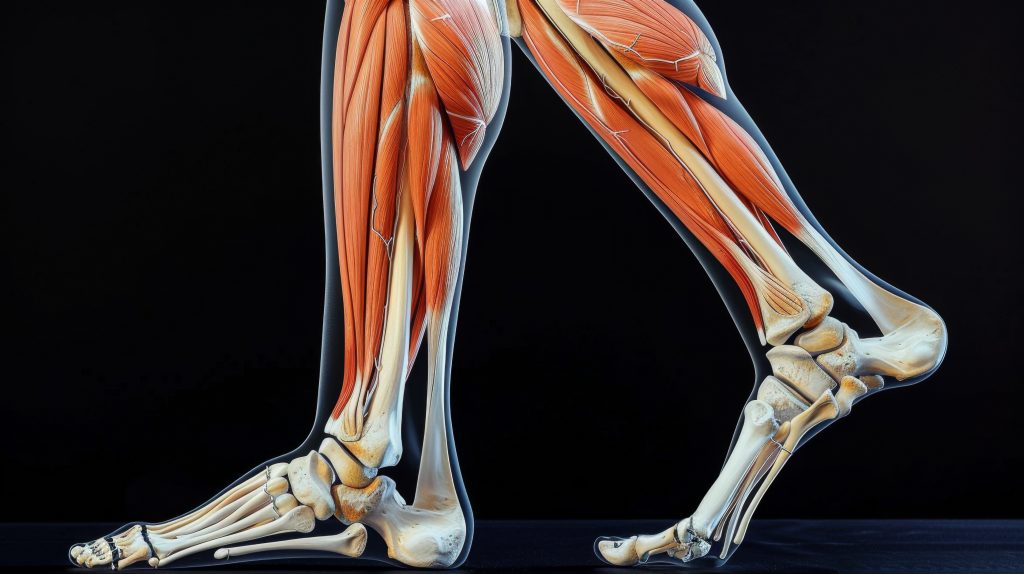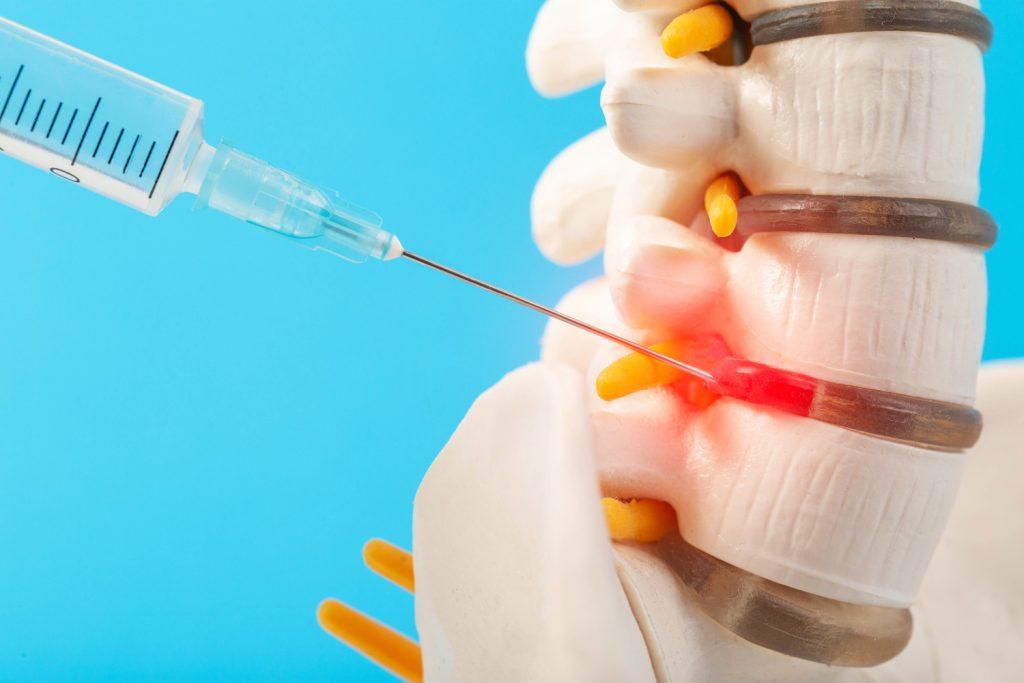How To Prevent Infections After Wrist & Ankle Surgery

Wrist and ankle surgeries can significantly enhance quality of life but pose a risk of infection, complicating recovery. This guide covers types of surgeries, why infections occur, prevention tips, signs of infection, and steps to take if an infection develops. With these essential insights, ensure a smooth, infection-free recovery.
What Are Wrist and Ankle Surgeries?
Wrist and ankle surgeries are specialized types of orthopaedic surgeries that focus on repairing fractures, correcting deformities, and improving functionality using various techniques, including internal fixation for stabilization. They aim for effective treatment and optimal patient care to ensure a smooth recovery process.
Types of Wrist Surgeries
Wrist surgeries include internal fixation for fractures, carpal tunnel release, and reconstructive surgery. Internal fixation realigns and stabilizes fractured bones with implants. Carpal tunnel release relieves pressure on the median nerve by cutting the transverse carpal ligament. Reconstructive surgery corrects deformities from arthritis or injuries using techniques like bone fusion, tendon transfers, or joint replacement to restore function and reduce pain.
Types of Ankle Surgeries
Ankle surgeries include internal fixation for fractures, ligament reconstruction, and arthroscopy. Internal fixation aligns and secures fractured bones with implants, while ligament reconstruction repairs torn ligaments to restore ankle stability. Arthroscopy uses a small camera to treat joint issues minimally invasively. Post-surgery, patients undergo immobilization, physiotherapy, and rehabilitation to regain mobility and strength. Orthopedic surgery is crucial for effectively managing ankle injuries and promoting optimal recovery outcomes.
Why Are Infections Common After Wrist and Ankle Surgeries?
Infections are common after wrist and ankle surgeries due to contaminant exposure, procedure complexity, and healthcare teams’ infection control. Patient-specific factors, such as underlying health conditions or compromised immune systems, also increase infection risks. Prolonged surgeries, inadequate equipment sterilization, and poor wound care contribute to higher infection rates. Surgical site infections can result in prolonged hospital stays, additional surgeries, and severe complications, including septic shock or organ failure, leading to high morbidity and mortality rates.
How Can Infections Be Prevented After Wrist and Ankle Surgeries?
Proper Wound Care: Proper wound care is essential for preventing infections at the surgical site. It involves regular cleaning, dressing changes, and monitoring for signs of complications. Hygiene plays a crucial role, as it helps reduce the risk of introducing harmful bacteria. Specific cleaning techniques, such as gently washing around the wound, help remove debris and bacteria. Types of dressings vary depending on the wound type and severity, from basic gauze pads to advanced hydrocolloid dressings.
Antibiotics: Administering antibiotics is crucial for preventing and treating infections post-surgery. Antibiotics target and eliminate harmful bacteria, with healthcare providers considering factors like the type of infection and the patient’s medical history. Timing is key; initiating treatment too early or too late may impact effectiveness. Providers establish a specific duration for antibiotic therapy based on infection severity and patient response.
Keeping the Surgical Site Clean: Maintaining a clean surgical site prevents infections. Tools and equipment must be sterilized, and all instruments must be properly sterilized before use. Using sterile dressings and implementing strict infection control protocols, such as maintaining positive pressure airflow and proper ventilation, helps protect against contamination.
Proper Nutrition and Hydration: Proper nutrition and hydration support recovery and enhance the body’s ability to fight infections. A balanced diet rich in essential nutrients promotes tissue repair and reduces inflammation. Staying well-hydrated helps flush out toxins and maintain proper circulation, which is crucial for wound healing and overall recovery. Good nutrition also strengthens the immune system, lowering the risk of post-operative complications.
Maintaining Good Personal Hygiene: Maintaining good personal hygiene is crucial for preventing infections post-surgery. Regular handwashing and keeping the surgical site clean are imperative. Hand hygiene involves washing hands thoroughly before and after touching the surgical site. Bathing regularly with mild soap helps keep the body clean and reduces infection risk. Following healthcare provider instructions for site care promotes proper healing.
Avoiding Contamination: Avoiding contamination involves strict adherence to infection control protocols, including using sterile equipment and minimizing exposure to infection sources. Ensuring all personnel wear appropriate sterile attire and implementing proper operating room procedures, such as surface disinfection and maintaining positive air pressure, reduces the risk of introducing pathogens and promotes successful recovery outcomes.
What Are the Signs and Symptoms of an Infection After Wrist and Ankle Surgery?
Redness, Swelling, and Warmth at the Surgical Site: Redness, swelling, and warmth at the surgical site are early signs of infection requiring immediate medical attention. These symptoms indicate the body’s response to a potential infection. Medical professionals may perform tests like blood work, wound cultures, or imaging studies for diagnosis. Initial treatment options include antibiotics, wound care, and possibly surgical interventions. Prompt care can prevent complications and promote recovery.
Pain and Tenderness: Pain and tenderness beyond expected postoperative discomfort can signal an infection. Persistent or worsening pain, unusual warmth, and symptoms like redness, swelling, or drainage should prompt immediate medical attention. Healthcare professionals may conduct exams, imaging tests, and analyses to diagnose an infection. Treatment may involve antibiotics, drainage, or surgical intervention. Timely care is essential to prevent further complications and ensure smooth recovery.
Fever and Chills: Fever and chills are systemic signs of infection that necessitate immediate diagnosis and treatment. These symptoms indicate the body is fighting a widespread infection, possibly postoperative. Diagnostic tests like blood cultures and imaging studies help identify the infection source. Prompt medical care is crucial to prevent complications and ensure recovery.
Drainage or Pus from the Wound: Drainage or pus from the wound indicates an infection requiring prompt medical intervention. Pus is produced by the body’s immune response to infection and is often accompanied by redness, swelling, warmth, and odor. Diagnostic procedures like wound cultures and blood tests identify the pathogen, allowing for effective antibiotic treatment. Proper wound care and sometimes surgical debridement are essential to promote healing and prevent recurrent infections. Timely medical attention helps avoid complications such as cellulitis, abscess formation, or systemic infection spread.
What Should Be Done If an Infection Occurs After Wrist and Ankle Surgery?
Contact Your Doctor Immediately: If you suspect an infection after surgery, contact your doctor immediately for timely treatment and appropriate care. Swift communication with your healthcare provider is crucial to address infections promptly and mitigate complications. Your doctor may recommend antibiotics, wound care, or further evaluations. Prompt intervention aids faster recovery, prevents the spread of infection, and ensures optimal care. Managing post-operative infections requires a collaborative effort with your healthcare team, emphasizing the importance of regular follow-ups and adherence to treatments.
Follow Your Doctor’s Instructions for Treatment: Following your doctor’s instructions for treatment, including antibiotic therapy, wound care, and other measures, is crucial for managing an infection. Take prescribed antibiotics exactly as instructed, without skipping doses or stopping prematurely. Proper wound care, such as keeping the area clean and dressed, prevents contamination and promotes healing. Regular follow-up appointments are necessary to monitor progress, adjust medications, and address concerns. Adherence to these instructions ensures effective infection management and successful recovery.
Take Preventative Measures for Future Surgeries: Preventative measures for future surgeries reduce infection risk and improve patient care. Thorough preoperative planning, assessing health status, and identifying risk factors are key strategies. Optimizing health through proper nutrition and exercise before surgery reduces postoperative infection likelihood. Adherence to hygiene protocols, such as hand hygiene and sterile techniques during surgery, is essential. Patient education empowers individuals to take proactive measures, enhancing surgical outcomes and minimizing complications.
Warning: urlencode() expects parameter 1 to be string, array given in /www/wwwroot/surgeryconsultantsofflorida.com/wp-includes/formatting.php on line 5693

